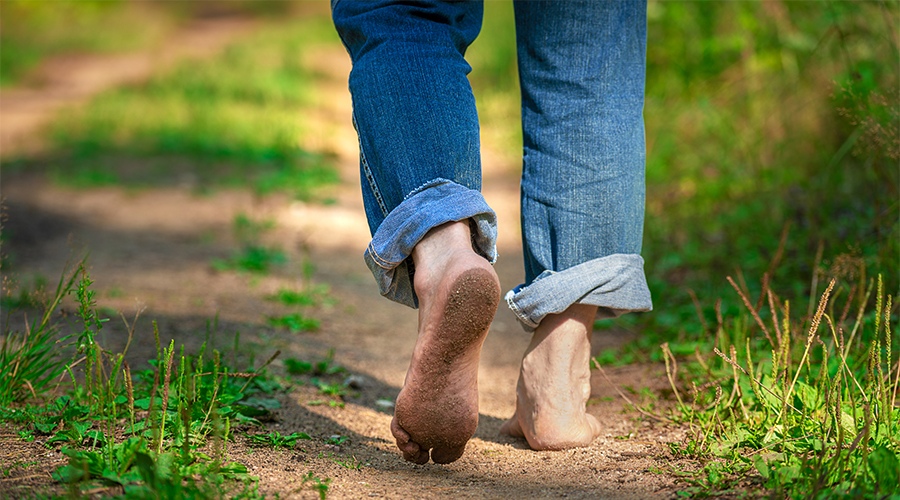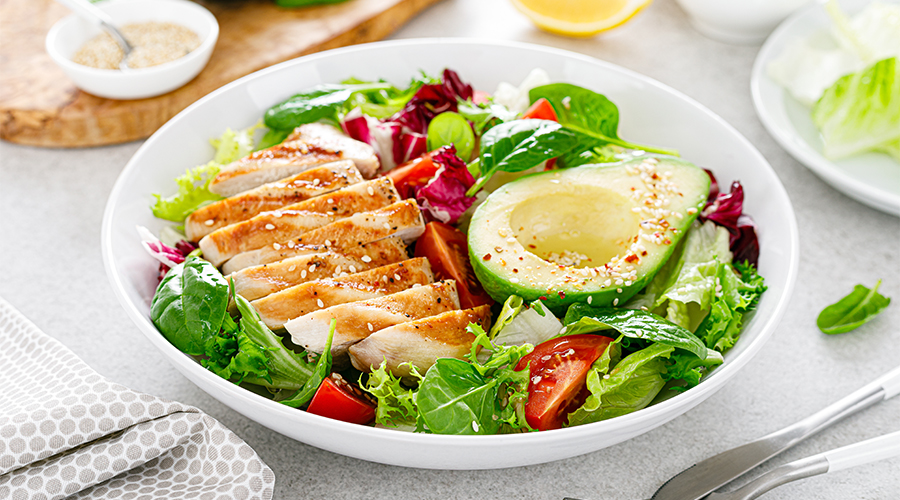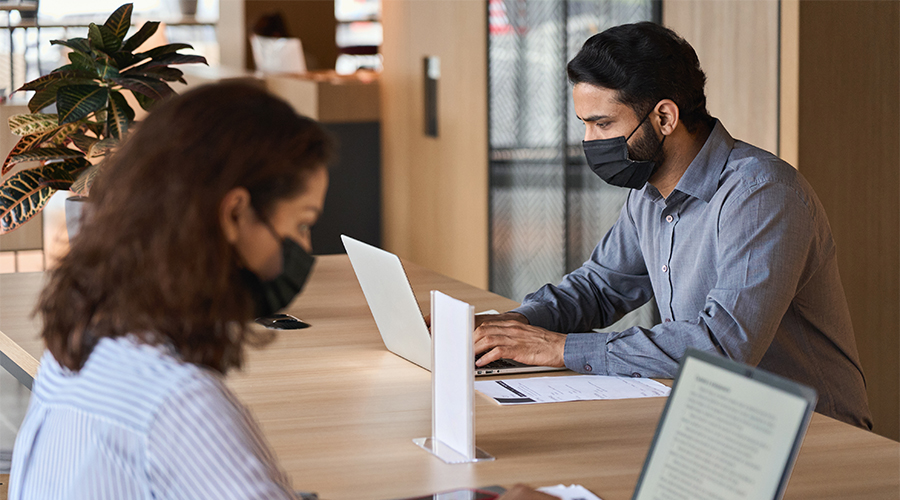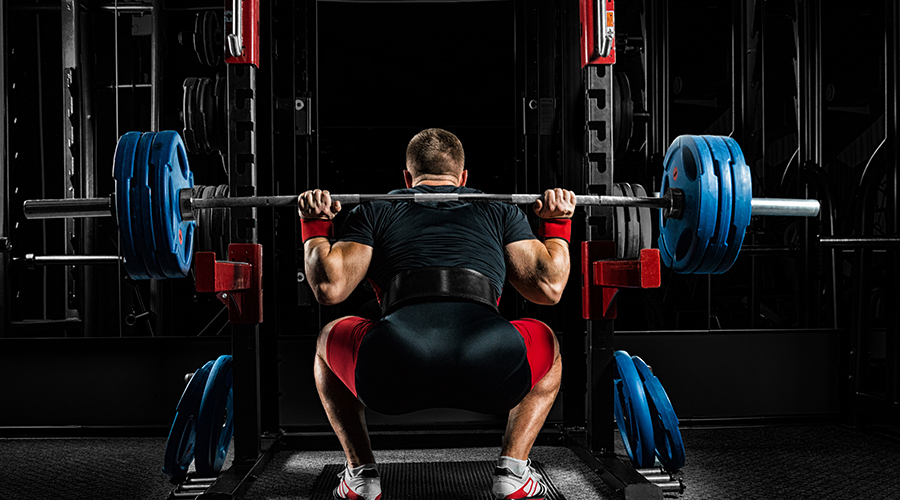Hello Ziddis! One of the biggest factors that control our fitness quotient is our metabolism. Our metabolic rate is responsible for processing the food we eat. But is it constant throughout? No neither throughout your life nor throughout the year. Metabolism keeps changing as per the seasons. It is said that metabolism accelerates during the winter. Let us dive in to understand that better.
Metabolism Testing
Metabolism testing helps us understand how efficiently our body can convert food into energy. Testing your metabolism involves measuring:
- Resting Metabolic Rate (RMR): The energy you burn while at rest.
- Thermogenic Response: The increase in calorie burn due to environmental factors like cold.
Getting this tested can give you a clearer picture of how to keep your metabolism at an all-time optimum level.
How to Boost My Metabolism During Winter
During winter, our body spends more energy in maintaining its core temperature. This process is known as thermogenesis as it generates heat in our body. This can speed up our metabolism as an added advantage. Here are other ways you could boost your metabolism during winter:
- Cold exposure by going on hikes and outdoor walks
- Exercising regularly, especially high-intensity interval training and strength-building workouts
- Maintain a fat-rich diet.
- Practice yoga
Metabolism Boosting Foods
Talking about ways to boost metabolism, some foods do it just the right way. Here are our top picks for you to help you boost your metabolic rate. To reap more benefits pair them up with exercising.
- Green teas
- Coffees
- Spicy food like pepper and jalapenos.
- Eggs, chicken and legumes which are rich in protein
- Nuts and dry fruits
- Omega-3-rich food like salmon
- Fit foods like protein bars
- Creatine to help boost your activity levels
Some of the best supplements can help you boost your metabolism too as an added advantage to their regular perks. Make sure you grab some from MuscleBlaze.

Metabolism Weight Loss
Do metabolism and weight loss go hand in hand? Most times it does. Moreover, having a good metabolic rate means your body only takes what is needed for your body. Winters can boost your metabolism but reduce your activity. To make sure you lose weight and not the game, use your metabolism to help you in your weight loss journey.
Here is how you can optimize your metabolism for weight loss
- Maintain a calorie-deficit diet plan.
- Stay hydrated.
- Add whole grains to stay energetic and fuller for longer.
High Metabolism Foods for a Winter Diet
Some foods can help you very well in boosting your metabolic rate. For this purpose, these are some foods you should include in your diet. Make sure these are a part of your winter special menu:
- Protein-rich foods like paneer, tofu, greek yoghurt, pulses and so on.
- Healthy fats like avocados, nuts and olive oil.
- Complex carbs like quinoa, whole grains and sweet potatoes.
- Herbal foods like lemon grass soup and green tea.
- Leafy greens like spinach and kale for more iron.
Takeaway
By making sure we are taking full advantage of how our metabolic rate is higher during winters, we can make sure to get fitter and for those hoping to lose weight, this would be a great chance. So step out there, challenge your body and reap the fruits of your hard work. Your body will thank you for pushing to the limits when the time is right! Stay fit, stay active!
Source: https://www.moneycontrol.com/news/health-and-fitness/winter-metabolism-winter-weight-gain-12045341.html








 100% Safe & Secure payments:
100% Safe & Secure payments:




